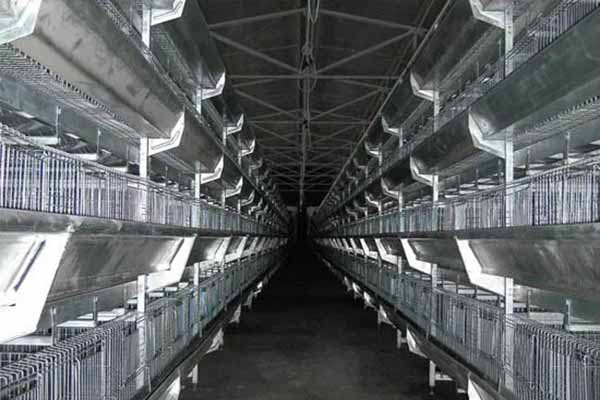The Impact of Cage Density on Poultry Health
Understanding the relationship between cage density and poultry health is crucial for the success of any poultry farming operation. This article delves into the effects of cage density on the well-being of chickens, providing valuable insights for both farmers and investors.

Introduction to Cage Density
Cage density refers to the number of chickens housed in a given area. It is a critical factor that can significantly impact the health and productivity of poultry. The ideal cage density varies depending on the species, age, and size of the chickens.
Health Implications of High Cage Density
- Increased Disease Risk: High cage density can lead to the spread of diseases among chickens. The close proximity of birds increases the likelihood of transmission, resulting in higher mortality rates and increased costs for disease control.
- Stress and Aggression: Chickens in crowded conditions may experience increased stress and aggression, leading to physical injuries and decreased overall well-being.
- Reduced Growth Rates: High cage density can slow down the growth rates of chickens, affecting the overall productivity of the farm.
Optimal Cage Density for Healthier Chickens
Research indicates that an optimal cage density of around 1.5 square feet per chicken can lead to better health outcomes. This allows chickens enough space to move around, reducing stress and aggression, and minimizing the risk of disease transmission.
Case Study: The Benefits of Reduced Cage Density
A study conducted by the University of California, Davis, found that farms with reduced cage density experienced the following benefits:
- 20% Lower Mortality Rates: Chickens in less crowded conditions had lower mortality rates compared to those in high-density cages.
- 30% Higher Egg Production: Reduced cage density led to increased egg production due to improved health and well-being of the chickens.
- 25% Lower Cost of Disease Control: With healthier chickens, the need for disease control measures was reduced, leading to cost savings for the farm.
Conclusion
Understanding the impact of cage density on poultry health is essential for successful poultry farming. By maintaining an optimal cage density, farmers can improve the health and productivity of their chickens, leading to better profits and sustainability for their operations.

For more information on how to optimize your poultry farming operation, pl ease leave a comment below or contact us for a free, customized chicken farming design and equipment quote from LIVI Mechanical.
ease leave a comment below or contact us for a free, customized chicken farming design and equipment quote from LIVI Mechanical.




